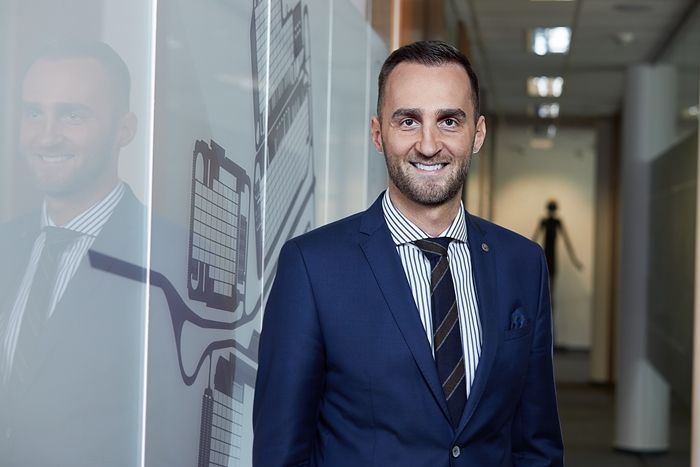Former industrial buildings, old warehouses and contaminated land make life difficult for developers as they mean higher costs, lengthier processes and more specialised knowledge. Nevertheless, some investors are no longer being put off by these hurdles.
One example is Accolade, a sizeable Czech company that operates on the Polish market in partnership with Panattoni. As well its Polish and Czech operations, last year it also entered the German and Slovakian markets. Over the last nine years it has built up a portfolio of 670,000 sqm of brownfield logistics space, which makes up 37 pct of its 1.8 mln sqm portfolio. But why is such a large proportion of it built on brownfield sites? On the one hand, there’s the issue of the rising importance of such locations, while on the other, investors are becoming more concerned about environmental sustainability. “Why would we build something on a greenfield site, when there’s brownfield land right next to it? I’m not sayi































































